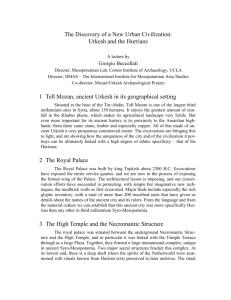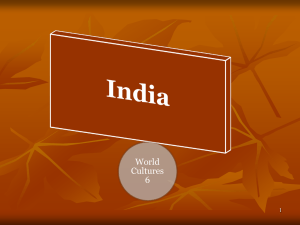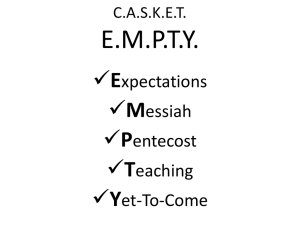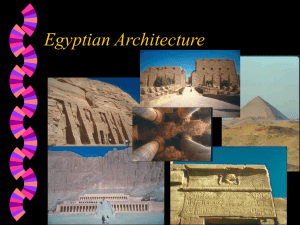Tishatal, king of Urkesh, has built this temple . . . . May . . . god
advertisement
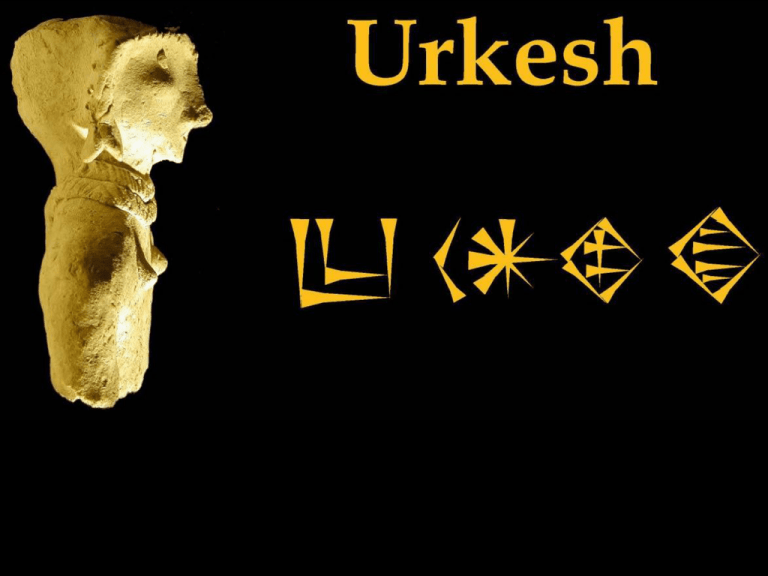
City of the Hurrians THE HURRIANS THE HURRIANS a puzzling people . . . all but forgotten by history, their origin remains obscure Only recently, Urkesh was discovered at a hill known as Tell Mozan Only recently, Urkesh was discovered at a hill known as Tell Mozan What appears now as a natural hill is a city shrouded within its own collapse Beginnings are yet unknown but date back, at least, to the early part of the fourth millennium B.C. It was a main center of the Hurrians, who celebrated it in their myths as the home of the father of the gods, Kumarbi. It was also the capital of a kingdom that controlled the surrounding territory. Urkesh is being revealed by the work of archaeologists from UCLA, led by Georgio Buccellati Georgio Buccellati Georgio Buccellati & Marilyn Kelly-Buccellati Georgio Buccellati & Marilyn Kelly-Buccellati Georgio Buccellati & Excavation so far has revealed a royal palace . And a temple And a remarkable structure near the palace--a large and deep underground structure--a sacred area where the spirits of the Underworld were summoned A number of cylinder seals also have been found, revealing aspects of Hurrian life. THE LIONS OF TISH-ATAL These artifacts were sold in the antiquities market long before Tell Mozan began to be excavated. This one is in the Louvre Museum in Paris. Its companion is in the Metropolitan Museum Of Art in New York. These lions were foundation pegs-planted in temple foundations. They served as offerings and were inscribed with cuneiform curses which protected the temple from harm and desecration. An approximate translation of the curse held by this lion: Tishatal, king of Urkesh, has built this temple . . . . May . . . god . . . protect it. May God destroy whomsoever seeks to destroy it; may his god not listen to his prayers. May . . . the sun god . . . and the god of the storm curse 10,000 times whomsoever might seek to destroy this temple.this temple. The text on this lion’s tablet is the oldest inscription in the Hurrian language
